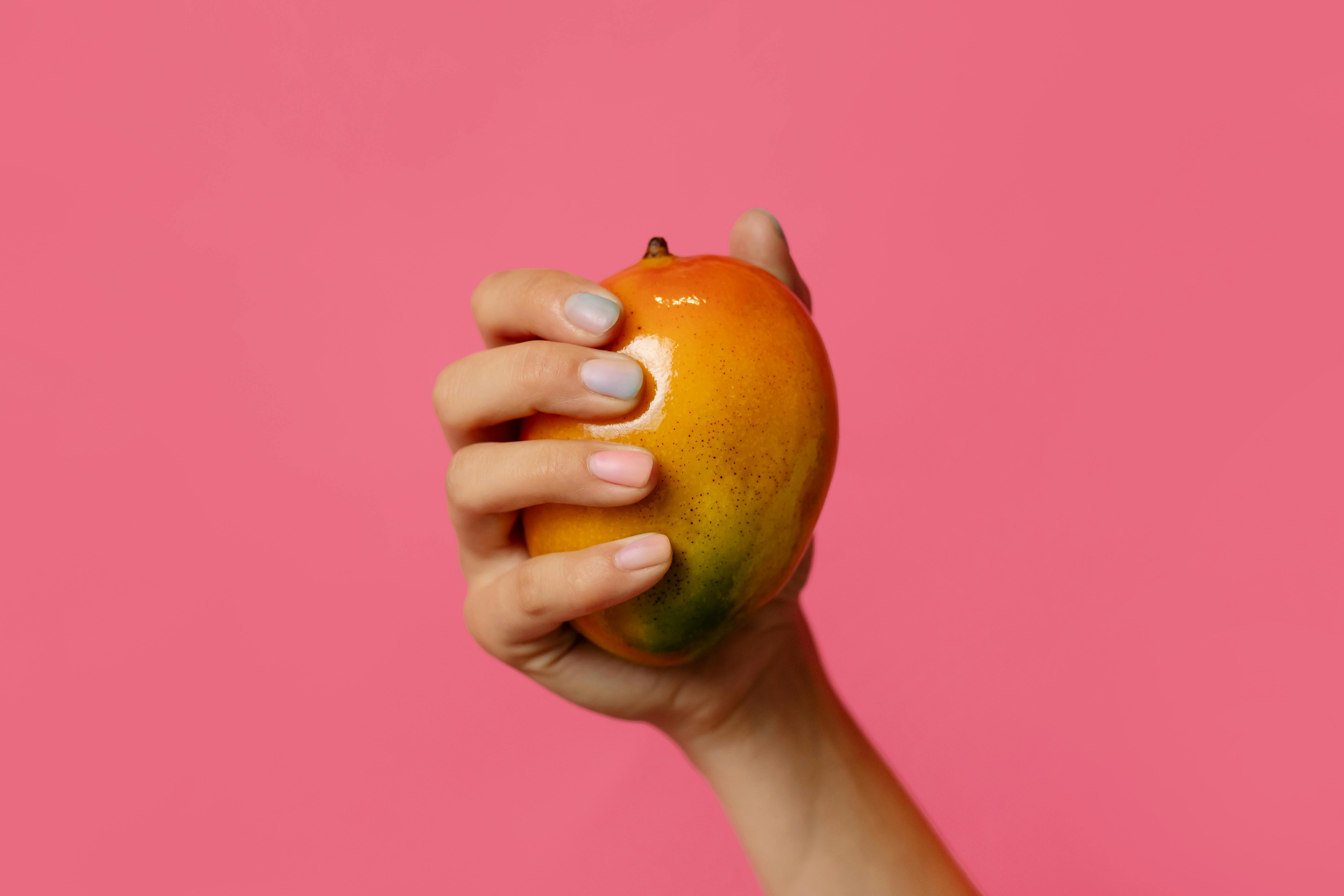
Foods to eat if you have vitiligo
Vitiligo is a peculiar skin disease that is characterized by the appearance of white spots on the skin. Its exact cause is not yet known, but experts say it is genetic and autoimmune. Medical experts have not yet found a permanent solution for this skin condition, but there are treatments available to help repigment the affected skin. In addition to oral therapies and treatments, certain lifestyle changes are also known to help manage this skin condition. Eating foods rich in certain nutrients can help replenish any nutritional deficiencies one may have. In effect, the condition of the skin will gradually improve as these vital nutrients are supplied to the body. If you have vitiligo, you will surely benefit from these foods and vitamins. Let me share some of them with you.
1. Whole grains. Whole grains are excellent sources of vitamins, minerals, and fiber. Food sources like oatmeal are rich in vitamin E, which helps build the body’s defense system. Keep in mind that you should eat whole grains and not processed grains. Those are two different things. Some examples of whole-grain foods include oatmeal, brown rice, whole-wheat breads, and whole-wheat pastas.
2. Green leafy vegetables. As cliché as it sounds, vegetables are rich sources of vitamins and minerals. Yes folks, there is a reason our moms always nag us to eat vegetables in the past. Vitiligo patients can greatly benefit from eating green leafy vegetables like broccoli, cabbage and many more. These vegetables can help replenish the body’s supply of nutrients that the skin needs to produce melanin. Melanin, in case you don’t know, is a natural substance that gives color to the skin.
3. Fruit. Fruits, especially those that are loaded with antioxidants, can help repair and protect skin from damage. Some fruits that contain high levels of antioxidants include strawberries, blueberries, blackberries, and tomatoes. However, be careful as not all fruits are good for you. Citrus fruits like oranges and lemons can hinder melanin production.
4. Healthy protein. Healthy protein sources, such as nuts and soy products, contain good fats that are good for your skin. These foods also have high levels of vitamin E which can help repair and protect skin from damage.
5. Foods rich in folate. Several studies have shown that people with vitiligo are deficient in vitamin B12 or folate. You can replenish this nutritional deficiency by eating folate-rich foods like spinach, asparagus, and broccoli.